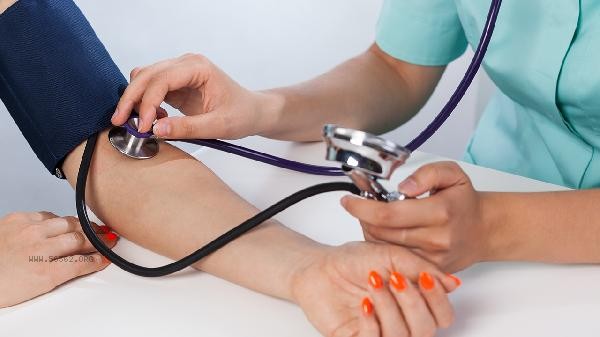The treatment methods for orthostatic hypotension include lifestyle adjustments, medication therapy, and targeted training. The specific plan should be developed based on the cause and severity of symptoms. Positional hypotension is a sudden drop in blood pressure caused by changes in body position, commonly seen in elderly or chronic disease patients, and requires comprehensive measures to improve symptoms.

1. Adjusting lifestyle is the basis for improving orthostatic hypotension. Maintain sufficient water intake, drink 2000-2500 milliliters of water per day, and avoid dehydration. Add salt to the diet appropriately, but under the guidance of a doctor, to avoid the risk of hypertension. Avoid standing for a long time or suddenly getting up, sit up for 30 seconds before standing up when getting up. Wearing elastic socks can help promote blood flow back to the lower limbs and alleviate symptoms.

2. Drug therapy is suitable for patients with severe symptoms or ineffective lifestyle adjustments. Fluhydrocortisone is a commonly used medication that raises blood pressure by increasing blood volume and vasoconstriction. Midojun is an alpha 1 adrenergic receptor agonist that can constrict blood vessels and improve symptoms of hypotension. Desmopressin reduces urine excretion and increases blood volume, making it suitable for patients with nocturia at night. Drug therapy should be carried out under the guidance of a doctor, with regular monitoring of blood pressure and side effects. Targeted training can help improve symptoms of orthostatic hypotension. Tilt bed training is an effective method that helps the body adapt to changes in posture by gradually increasing the tilt angle. Progressive standing training gradually transitions from sitting to standing position, enhancing the regulatory ability of the cardiovascular system. Deep breathing exercises can promote blood circulation and alleviate dizziness and fatigue caused by low blood pressure. Training should be gradual and avoid excessive fatigue. The treatment of orthostatic hypotension requires personalized plans based on individual circumstances, combined with lifestyle adjustments, medication therapy, and targeted training, which can effectively improve symptoms. Patients need regular follow-up to monitor blood pressure changes and adjust treatment plans in a timely manner. For patients with severe symptoms or other illnesses, it is recommended to seek medical attention as soon as possible for comprehensive evaluation and treatment. Through comprehensive intervention, the quality of life of patients with orthostatic hypotension can be significantly improved.









Comments (0)
Leave a Comment
No comments yet
Be the first to share your thoughts!